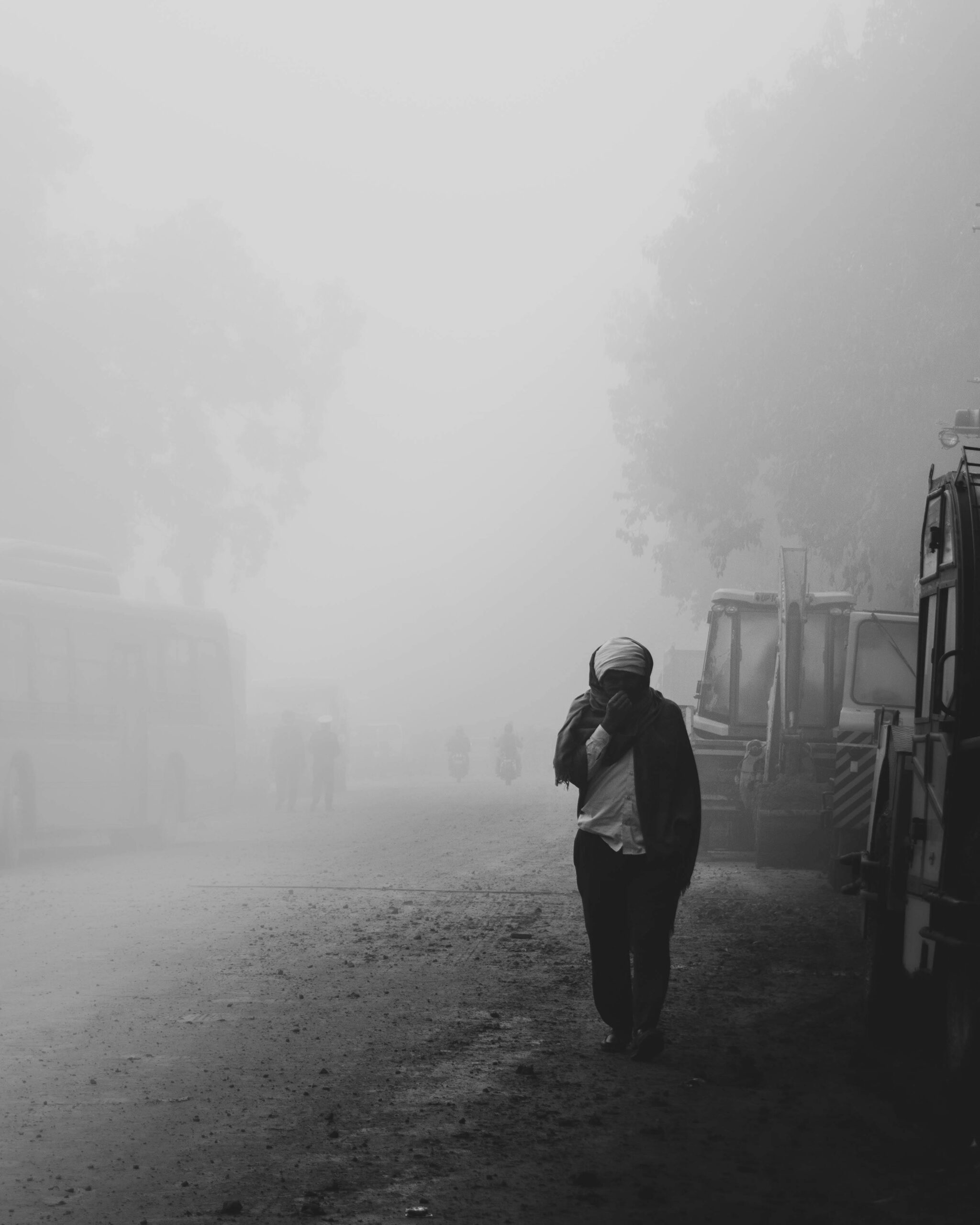Artificial rain involves multiple steps, such as identifying suitable clouds and seeding them with agents that provide water droplets with a nucleus to condense around.
How Is Artificial Rain Induced?
First, meteorologists identify clouds with sufficient moisture but lacking the conditions needed for significant precipitation. Once identified, seeding agents such as silver iodide, dry ice, or potassium iodide are introduced into these clouds.
- Silver iodide: Commonly used due to its structure, which mimics ice crystals.
- Dry ice: Sublimates, cooling the air and forming ice crystals.
- Potassium iodide: Occasionally used as an alternative agent.
Planes equipped with burners or dispensers release these agents into the identified cloud layers. The seeding agent acts as a nucleus for water droplets or ice crystals to form. As these grow by colliding with other droplets, they become heavy enough to fall as rain or snow, depending on the temperature.
Can Artificial Rain Help Delhi?
The potential of artificial rain to improve Delhi’s air quality remains uncertain. As the air quality index (AQI) in parts of the capital approaches 500, the Delhi government has sought permission from the central authorities to use cloud seeding to induce artificial rain and combat severe air pollution.
Experts suggest that artificial rain could help by washing away atmospheric pollutants and temporarily improving air quality. However, achieving this is not straightforward. According to Professor S.N. Tripathi, Dean of the Kotak School of Sustainability at IIT Kanpur, implementing artificial rain under such critical conditions is challenging.
In a conversation with NewsSnapCircle, Tripathi explained, “With such episodic pollution, artificial rain cannot be experimented with or tried at this point… It requires a lot of experimentation.” He further noted that the process faces significant hurdles, including obtaining necessary clearances and ensuring optimal weather conditions, making its success unlikely in the current scenario.










